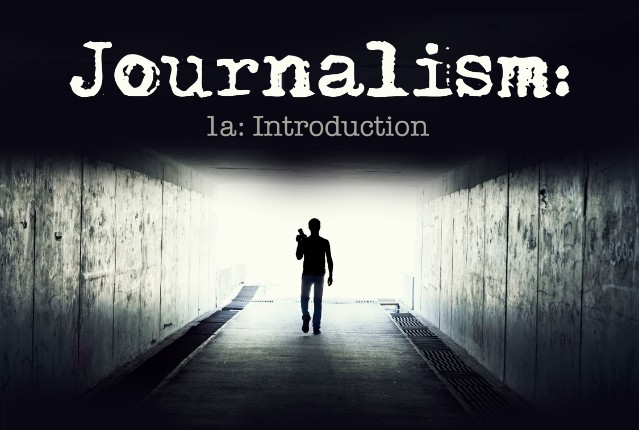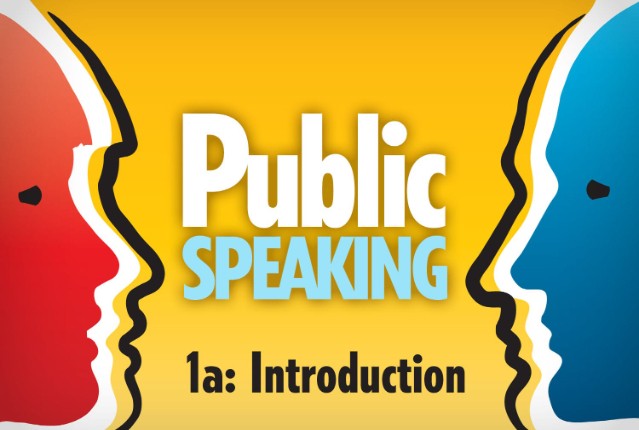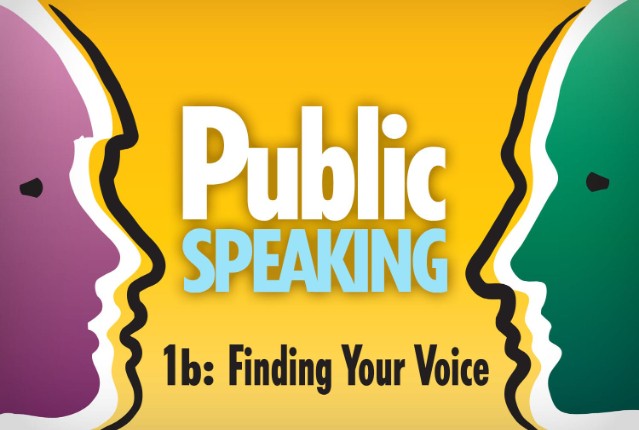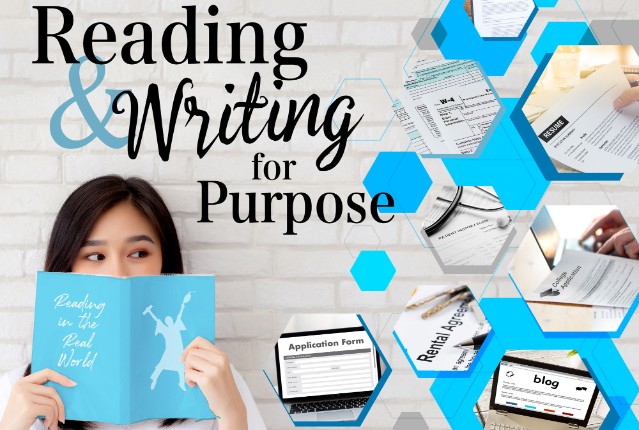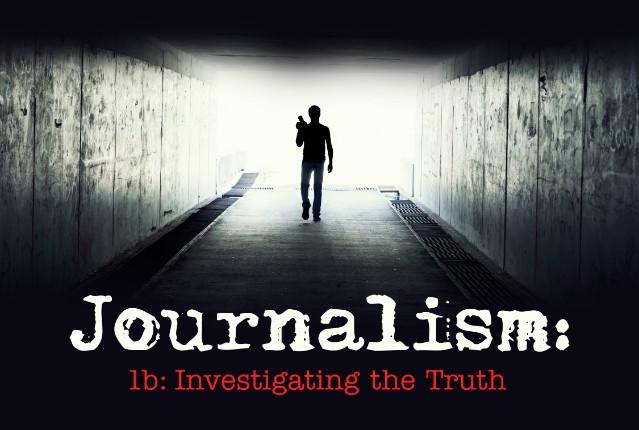
Journalism 1b: Investigating the Truth
Journalists are asked to tell the world a story every single day—and their job is, to tell the truth. Learn how to choose a topic, structure your story, research facts, hone your observational skills, and write an article following journalism tradition. Go beyond the print world and discover how journalism can lead to exciting careers that will put you right in the action.
Review course outlineAccess for a year
USD 299.00*
* Choose more courses to get a discount
